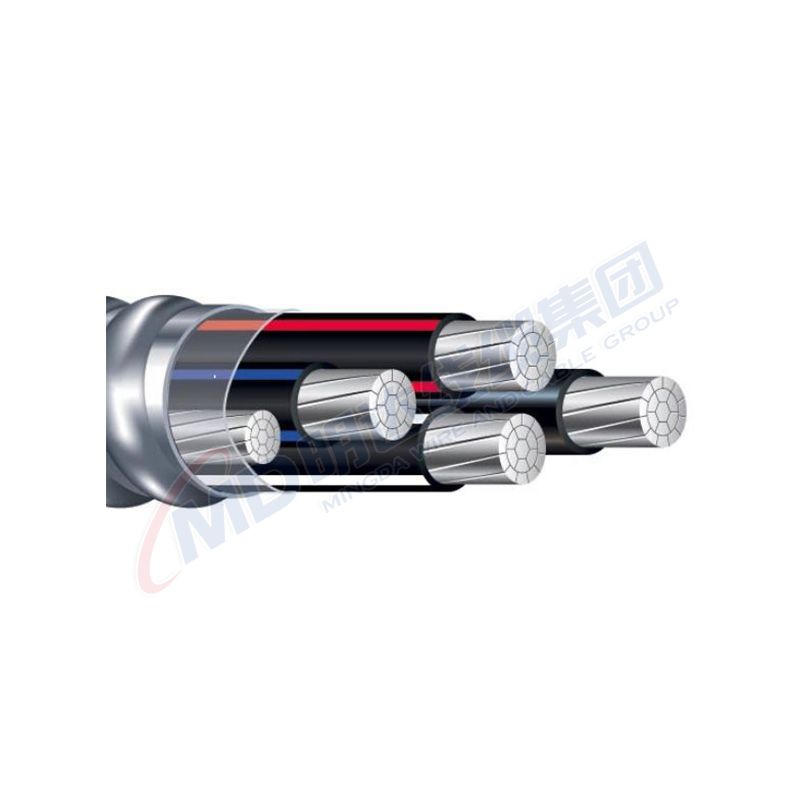ნოე . 10, 2024 23:47 Back to list
Air Pressure Release Valve for Efficient System Ventilation and Safety Management
Understanding Air Release Valves Essential Components in Fluid Systems
Air release valves are crucial components in various fluid systems, ensuring efficient operation and maintaining system integrity. These valves play a vital role in preventing the accumulation of air or gas pockets in pipelines, which can lead to pressure fluctuations, inefficiencies, and even catastrophic failures. This article explores the function, types, applications, and maintenance of air release valves, shedding light on their importance across different industries.
Function of Air Release Valves
Air release valves function primarily to remove trapped air from a fluid system. When liquids are transported through pipelines, especially in pressurized systems, air can become entrapped, forming pockets that disrupt the flow. This can lead to several issues, including reduced efficiency, increased energy consumption, and water hammer—potentially damaging hydraulic equipment.
The primary operation of an air release valve is to allow air to escape from the system when pressure drops below a certain threshold. When the system is full of liquid, the valve remains closed, but as the liquid level drops or pressure changes, the valve opens to release trapped air. This ensures a smoother flow of fluid and helps maintain consistent pressure throughout the system.
Types of Air Release Valves
There are several types of air release valves, each designed for specific applications
1. Automatic Air Release Valves These valves automatically open and close based on pressure changes within the pipeline. They are ideal for systems where regular maintenance is challenging, providing a reliable solution for air venting without manual intervention.
2. Combination Air Valves These are versatile valves that combine features of air release valves and vacuum relief valves. They can release air during filling and allows air to enter the system during draining, preventing vacuum conditions from forming.
3. Manual Air Release Valves As the name suggests, these valves require manual operation to release air. They are typically used in systems where operators need to control the venting process actively or where automatic valves may not be suitable.
air release valve

Applications of Air Release Valves
Air release valves are used in numerous applications, spanning a wide range of industries
- Water and Wastewater Systems They are extensively deployed in municipal water supply and sewage systems to prevent air-related issues, ensuring efficient pumping and distribution.
- Irrigation Systems Agricultural applications benefit significantly from air release valves, allowing for the smooth operation of irrigation lines and preventing damage to crops due to inconsistent water flow.
- Industrial Processes In manufacturing and chemical processing, air release valves are employed to manage fluids in pipelines, helping to maintain operational efficiency and safety.
- Hydraulic Systems These valves play a critical role in hydraulic machinery, preventing air accumulation that could lead to equipment failure and improved system responsiveness.
Maintenance of Air Release Valves
Proper maintenance of air release valves is essential for ensuring their longevity and reliability. Regular inspection is necessary to detect any signs of wear or malfunction. Maintenance procedures may include cleaning the valve components, checking for leaks, and ensuring that the valve operates smoothly. Particularly in critical applications, replacing worn or damaged valves promptly is vital to avoid operational disruptions.
Conclusion
In summary, air release valves are indispensable in ensuring the effective and safe operation of fluid systems. They prevent air accumulation, protect equipment, and enhance efficiency across various applications. Understanding their function, types, and maintenance requirements can help engineers and operators optimize their systems and avoid costly failures, highlighting the importance of these small yet powerful components in fluid mechanics.
Share
-
Reliable Wafer Type Butterfly Valves for Every IndustryNewsJul.25,2025
-
Reliable Flow Control Begins with the Right Ball Check ValveNewsJul.25,2025
-
Precision Flow Control Starts with Quality ValvesNewsJul.25,2025
-
Industrial Flow Control ReliabilityNewsJul.25,2025
-
Engineered for Efficiency Gate Valves That Power Industrial PerformanceNewsJul.25,2025
-
Empowering Infrastructure Through Quality ManufacturingNewsJul.25,2025